Delicious and healthy cooking is a great pleasure in life. Use a Dutch Oven not only make people enjoy cooking but also enjoys unexpected food. The correct use of cast iron Dutch Oven can use for a lifetime and become your heirloom!
Do you know what is a Dutch Oven? Do you know the history of that?
In addition to its versatility, the thicker body has the ability to maintains a high temperature. It helps to preserve the aroma of the food during cooking.
Moreover, the pot will release iron ions during cooking that are beneficial to the human body. Therefore, it’s also a favorite of gourmets.
What Is Dutch Oven?
Dutch Oven is a type of cast iron pot that is basically a combination of a deep bottom soup pot with a lid. The functionality is almost universal, fry, stew, roast, and bake can be done in one pot.
The cast iron is heat-resistant, wear-resistant, and is not easily damaged. It is said that it was popular in the pioneering era in the western United States, and it is very popular in outdoor life. Therefore, you will see it in some western cowboy-themed movies.
It’s generally 8-16 inches in size and weighs 30 pounds. The black cast iron texture also has a good sealing effect. Once you master the skill, it is no longer limited by the way of cooking. You can cook more than you expected.
In the camp, a wood fire and the carbon are all you need.
In the market, it’s divided into two types that are cast iron dutch oven and enameled cast iron dutch oven. In the below, I will mainly talk about the cast iron type.
History
This technology originated in the Netherlands in the 17th century in Europe. It is said that during the pioneering period in the western United States, it was necessary to be cooking in the wild because of the conditions.
At that time, iron pans were commonly used. One day, the British want a convenient and multifunction cooking pot so he commissions a Dutch metallurgist to help him.
This man really made it. Later, the British brought this technology back to the United Kingdom and the American continent. The British used it and like it so much. Therefore, many people want it.
The pot has no name, and it’s made by Dutch so “Dutch Oven” becomes a general term for cast iron pots.
What Is A Cast Iron Pot?
It injects the molten iron into the mold to create an integrated pot. In medieval Europe, pots and other things made of cast iron are often considered to be very mysterious and very valuable instruments.
Therefore, cast iron pots are also regarded as luxury goods. They are quite precious heirlooms in many people. A good pot can be used forever!
It’s relatively thick, so it is heat-conducting, heat evenly, and good in heat preservation. It can cook on an open fire, gas ovens, induction cookers, charcoal fires or placed in the oven.
When cooking together with the lid, the heat cycle in the pot is optimal. Even without a drop of water, the cooked food can be juicy and delicious, and the natural flavor of the food can remain.
It can also be cooked on the fire when camping outdoors, so it is very popular among Westerners.
What Is An Enameled Cast Iron Dutch Oven?
It’s the first choice for many gourmets who enjoy exquisite cuisine. The biggest difference between enameled cast iron pot and general cast iron pot is that it is sprayed with transparent or colored enamel on the cast iron pot and then heated at high temperature to form a bright and solid enamel cast iron.
It’s actually a layer of glass on the surface of the cast iron pot. It is bonded to the cast iron pot at a high temperature (about 750-850 ° C) during the process to isolate the iron from the air, and the probability of rust can be reduced.
With this layer, you no need to seasoning every time. And there is no shortage of ordinary cast iron pots that are afraid of acidic foods. If it is well maintained, it can protect the cast iron from rust, and the pot will not touch the ingredients, which will produce odor and help to maintain the original taste of the ingredients.
The raw material of enamel is glass ochre. It is a kind of mineral glaze. It like transparent glass and isolated food directly in contact with cast iron surfaces to avoid grease adhesion and oxidative rust. The main feature of enamel is acid corrosion resistance, suitable for long-term stewing.
This layer can be subdivided into black or white enamel. Black enamel is a layer of transparent glass in the cast iron pot, so it can be seen as the black texture of the pot. It’s called black enamel.
White enamel is the general name of the color enamel. It refers to the enamel that is tinted by metal oxides, which is usually smoother and more common than black enamel.
Due to the characteristics, it should avoid collisions and big temperature change. It can not heat the cold pot and wash the hot pot in cold water, otherwise, there will be a thermal shock and cause the enamel separated from the pot, and the pot may rust that can’t recover.
If there is damage or crack, the heavy metal will be released when cooking.
Cast Iron Dutch Oven Vs Enameled Cast Iron Dutch Oven
For many people, I think the normal Dutch Oven is better than the enamel one. It is because it has no enamel coating, you can cook in fire directly, especially in the campfire.
Even you can put charcoal fire on top of the lid, just like in the oven, it can heat fast and evenly. Therefore, you can grill, freshly baked bread in the wild.
I don’t think there will be fans of enamel will put a charcoal fire on their pot and let it burn all the time just for roast chicken.
Because the function of enamel is limited by its characteristics, the cooking method is also limited compared to the non-enamel, which is more suitable for home use.
In addition, the pot and lid are also made of cast iron so when you want to add food to the end, don’t hesitate to turn over your lid because it’s a frying pan so you can cook more conveniently.
As long as the pot is well maintained, it also has the characteristics of non-stick. Also, because the pot is thick, the heat storage capacity is good, the heat circulation in the pot is good during cooking, the composition is safe and chemical-free, so it is the ideal cooking pot for camping.
The use of a cast-iron pot is much easier than enamel. It’s not necessary to worry about the collision or the temperature difference. When cooking the ingredients, the iron ions will release, which is good for body health.
The only thing to notice is the maintenance – after the cleaning is completed, the pot must be dried and reasoning to prevent the cast iron pot from rusting.
What Is Seasoning?
Seasoning is a necessary process for making Dutch Oven. The grease is baked into the pores of the cast iron to prevent the iron from rusting. And provide the most natural, non-stick surface.
Unlike the chemical coating (Teflon) pot or enamel type, the surface of the cast iron pot is recoverable.
Note: Applying a thin layer of oil after each cleaning is a very important step in the seasoning. It’s a continuous action.
What Kind Of Oil Is Suitable?
Maintain the pot with vegetable oil. This oil does not contain animal fat or peanut oil. Minor unevenness may occur after maintenance is completed, but this unevenness does not affect the effect of use.
Is It normal If Peel-Off?
The most likely cause is the “seasoning bubble”, which may occur during maintenance and does not require any concern.
In addition, flaking and slight discoloration or rust may occur. Peeling is caused by oil carbonization, and rust is the first layer of seasoning color. Applying oil to these areas will improve the situation.
First Time To Use
1. Place the pot and the lid on the fire. It will emit white smoke, and the smell will be smelly. The pot will turn gray. This is to burn off the protective oil applied before leaving the factory.
2. Wait for the temperature to drop (about 20 minutes), wash with water and a dishwashing sponge.
3. After that, put it on the fire and dry it.
4. Use a clean cotton cloth dipped in cooking oil, rub the inside and outside of the pot.
5. Put it on the fire and bake it until it does not smoke.
6. Wash and dry. Apply the layer of oil again.
Reminder
The temperature of the cast iron is quite high when in use so the whole cookware is very hot after heating. It is necessary to have relevant protective measures, including proper isolation of the cooking area to keep children away from and gloves. Prepare tools such as cover frames and charcoal clips to avoid the risk of accidental burns!!
The normal oven gloves can resist the highest temperature is only up to 250°C. But if the Dutch pot is heated by charcoal, sometimes it will be hotter than the oven, so it is recommended to purchase a better glove to protect your hands.
High-temperature pots should not touch cold water directly, otherwise, it may cause the pot to crack. It’s the painful experience that someone happens before. Please pay attention when using it.
The Dutch Oven is resistant to high-temperature that up to 315°C. After use, the pot should be cooled naturally.
After using the pot, wash it with warm water and a soft cloth. Do not use detergent or steel ball brush, as this will damage the maintenance oil layer of the pot.
Food should never be placed in a pot overnight or overnight.
Be sure to clean and raise the pot immediately after the meal.
Maintenance
The most troublesome part of the Dutch Oven is that you must apply the oil every time after you use it.
Even if the pot has been seasoned, every time the pot is used, after washing and drying, it is necessary to do it again. Dutch Oven that is carefully maintained will be very easy to use, the appearance of the pot will be beautiful and charming black color.
The steps are as follows:
- When the pot is cool, wash it.
- Dry the pot, the time does not have to be too long until the water evaporates.
- Make sure to apply the oil to the inner and outer bottoms. Remember to be hot and oily, the oil will be absorbed better into the pot!
- After cooling, store in a ventilated place.
How To Start Using?
Thoroughly clean the pot with hot water (do not use detergent) and let the cast iron pot dry completely.
Before cooking, apply oil to the surface and slowly preheat the pot. Remember always start with a small fire and slowly heat up.
When the cast iron pan is properly heated, you can start cooking.
Tip: Avoid cooking foods that are very cold at the beginning, so it’s easy to stick the food to the pot.
Note: The cast iron handle will become very hot after cooking. Be sure to wear hot gloves to move.
How To Clean?
After cooking, wait for the cast iron pan to cool, use hot water and avoid using detergent. (Do not wash the hot pot directly into the cold water basin, this will cause the pot to crack)
If there is food stick to the bottom of the pot that is not easy to clean, you can boil water, so you can easily remove it.
Please avoid the cast iron pot drying naturally, which will easily rust.
Please note: If your cast iron pan is a frying pan or a pan with handles. Please heat the pot and handle at the same time to avoid bending or cracking due to temperature difference. It is also a convenient way to preheat the handle before use.
Is There Any Type Of Food That Is Not Recommended For Cooking In Dutch Oven?
Acidic foods (eg beans, tomatoes, citrus juices, etc.) should not be cooked unless your pot is perfectly maintained. These acidic foods will break down the oil in the pot and cause stains and make foods that contain iron.
Wait until your pot is well maintained if you want to cook these foods.
Why Can’t Soap Or Detergent Be Used To Clean?
The use of soap and detergent will destroy and wash away the oil left in the pot.
How To Choose?
Size
Because it’s heavy and the kitchen space is limited, it is very important to choose the size.
Choose it based on the number of your family, the type of food you want to cook, the size of the kitchen and the size of the storage space.
In addition, if you want to put it in the oven, remember to confirm how big the pot can be placed in the oven.
Overall, the 16 cm cast iron pot is no problem for 1-2 people. However, if more than 3 people recommend buying a pot more than 18 cm.
And if you buy a cast iron pot of 22 cm or more, there is no problem if your friends visit you.
Steady Handle
Dutch Oven is usually heavy. If you need to serve it directly on the table, the handle at this moment is very important.
Therefore, it is recommended to buy a pot with a steady handle, which is more convenient and safe to use.
Tight Lid
The advantage of the Dutch Oven is that the heat storage is good, which depends on the tightness of the lid and the pot.
So in order to make the cast iron pot have good insulation, you need to confirm whether the lid is tight or not.
The tight lid can enhance the heat preservation effect of the pot so that the cuisine has a better flavor. It also helps to stews more efficiently
Why Is The Dutch Oven So Heavy?
Because the pot is made of cast iron so it’s very heavy, but it is also the advantage of delicious cooking.
How To Store Dutch Oven?
When it’s not in use, clean it and make sure the inner and outer body is totally dry, and place it in a ventilated place.
If your cast iron pan has a lid, use a towel between the lid and the pot. This allows air to circulate, preventing moisture from accumulating in the cookware and causing rust.
If it’s rust, it doesn’t matter, please use sandpaper or stainless steel brush to remove rust, and re-season again.
Conclusion
Actually, compared to other cookware, the Dutch Oven is quite expensive. I personally don’t have one. The main reason is my stainless steel cookware still can use that buy for a long time.
My next cookware must be a cast-iron Dutch Oven that has no enamel. The main reason is the iron ion will be released during cooking which is good for health. I think it’s better than taking an iron supplement. In the long term, it’s costly.
If you want cookware than good for health, I recommend you buy the Dutch Oven.
If you have no ideas about that, please read my post 20 Best Dutch Oven Brands.
Do you have any question or opinion? Please leave them below, I’d love to hear that.
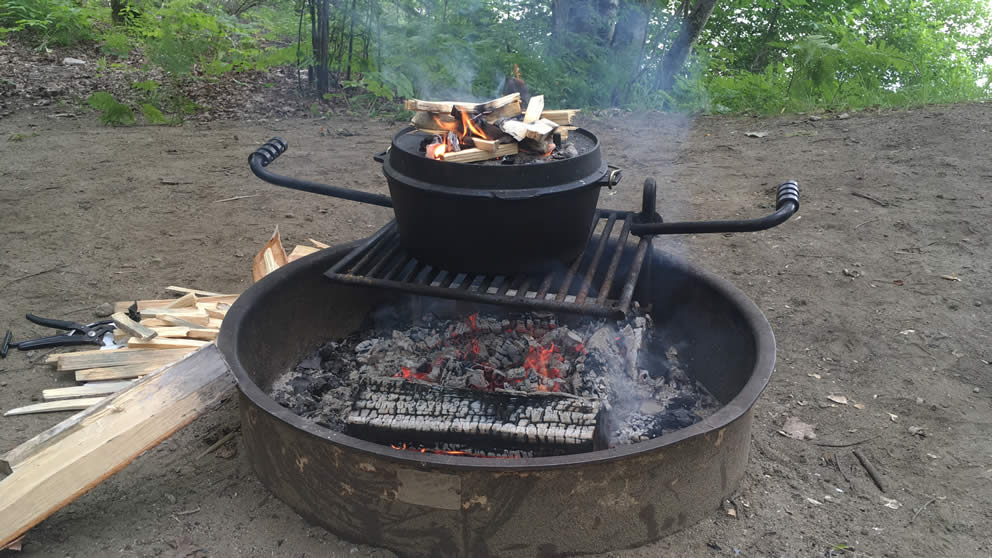
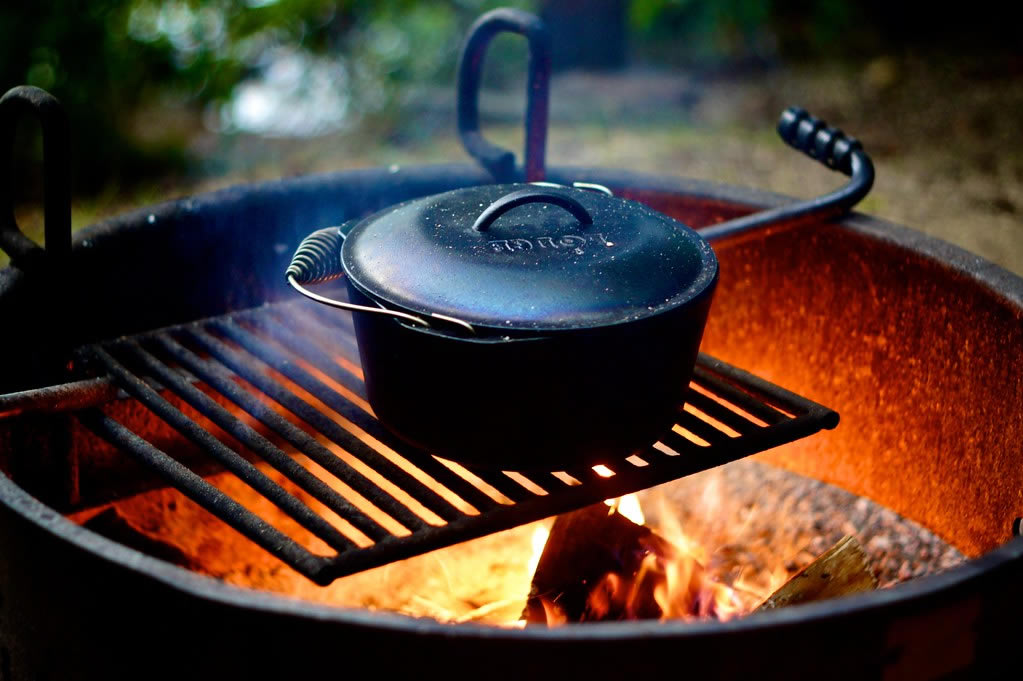
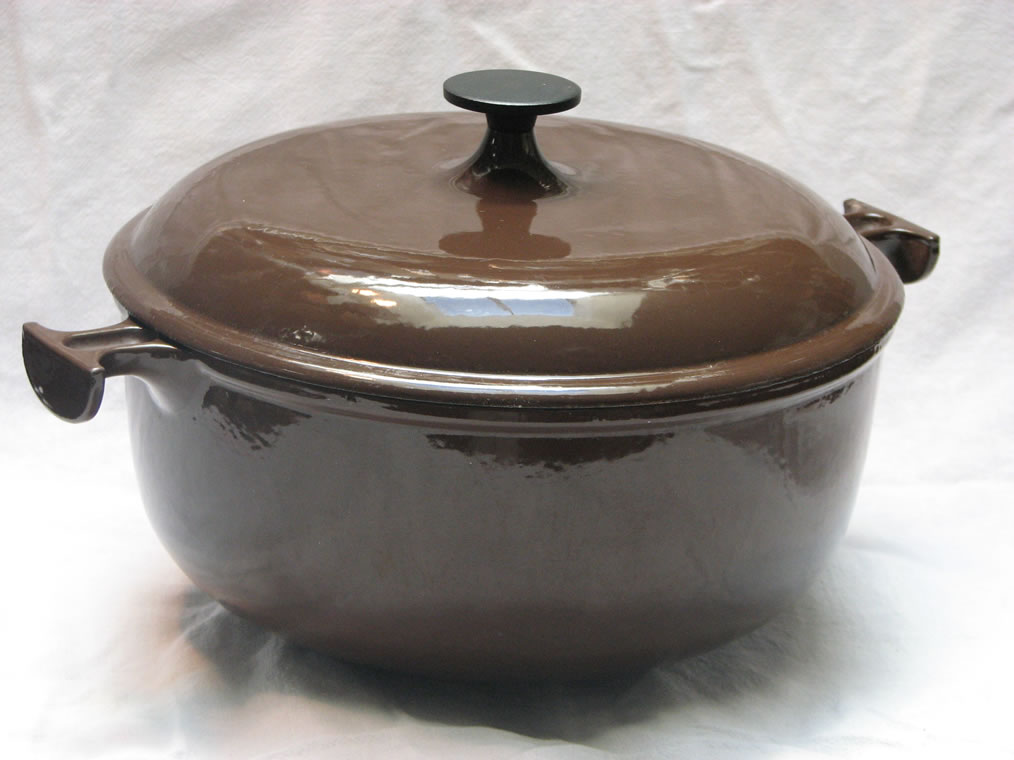
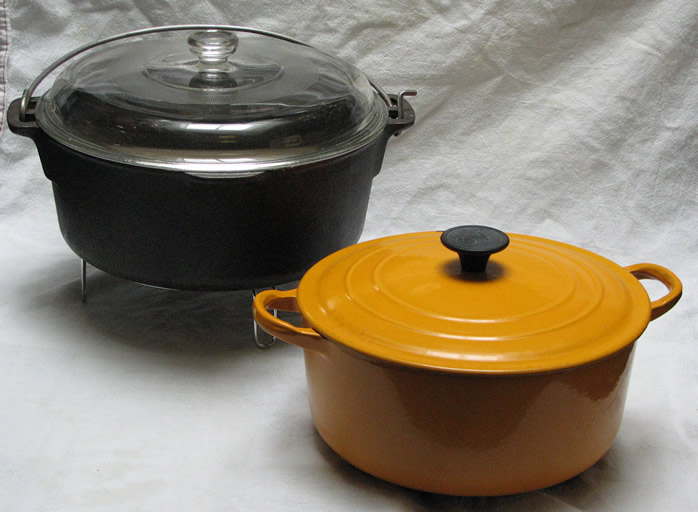
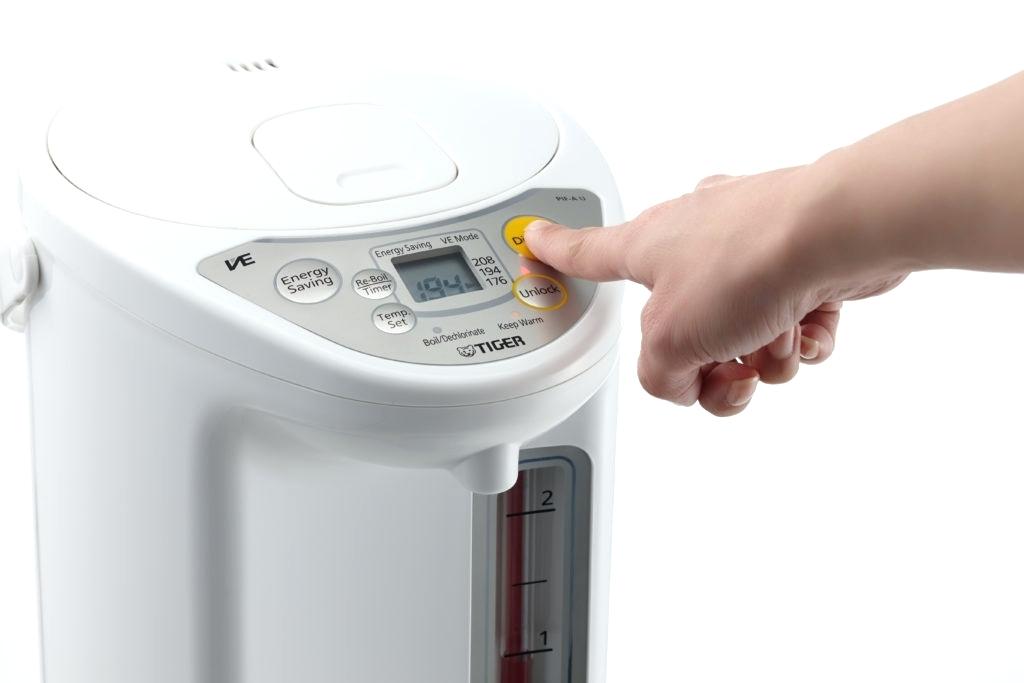
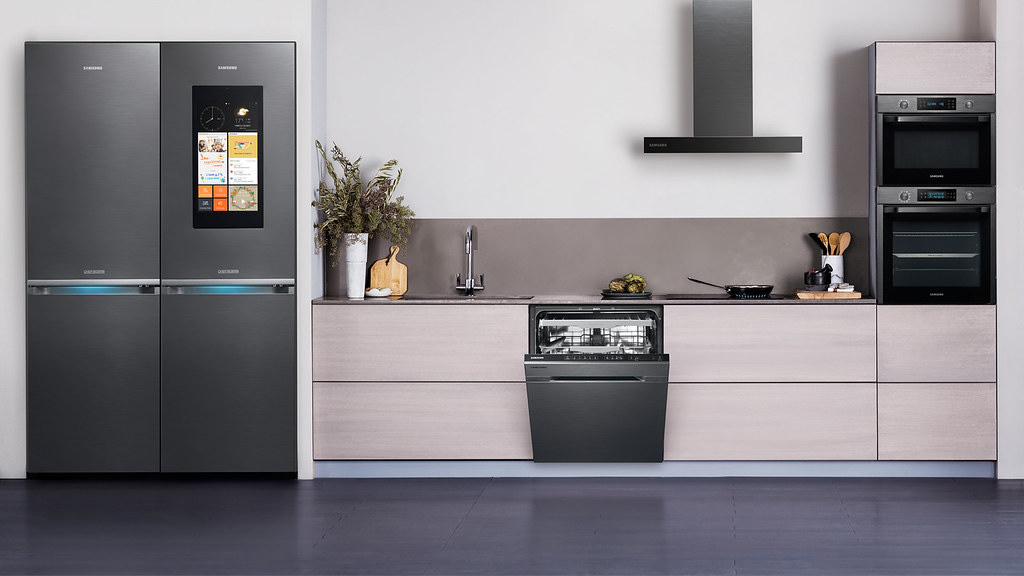
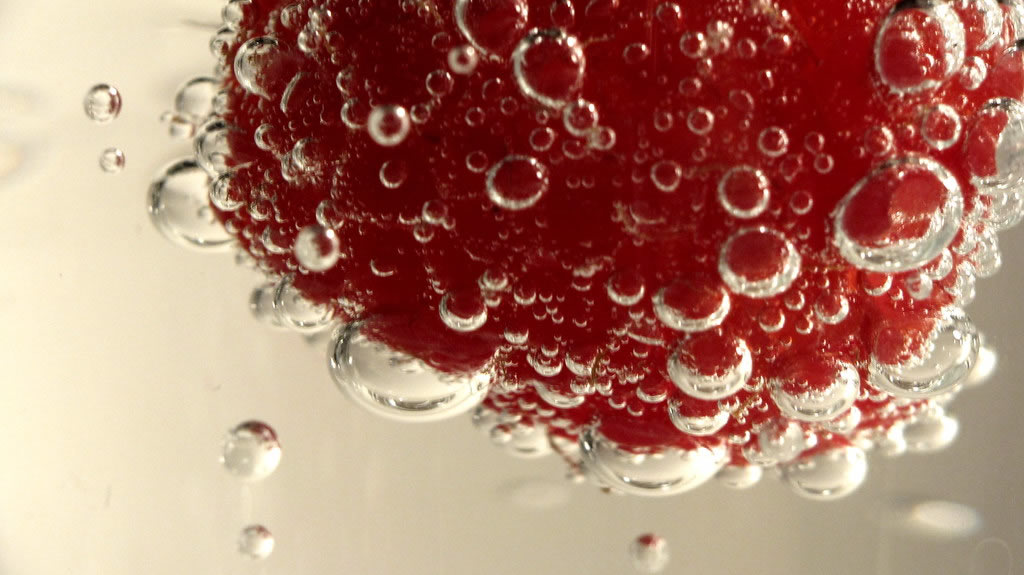
0 Comments